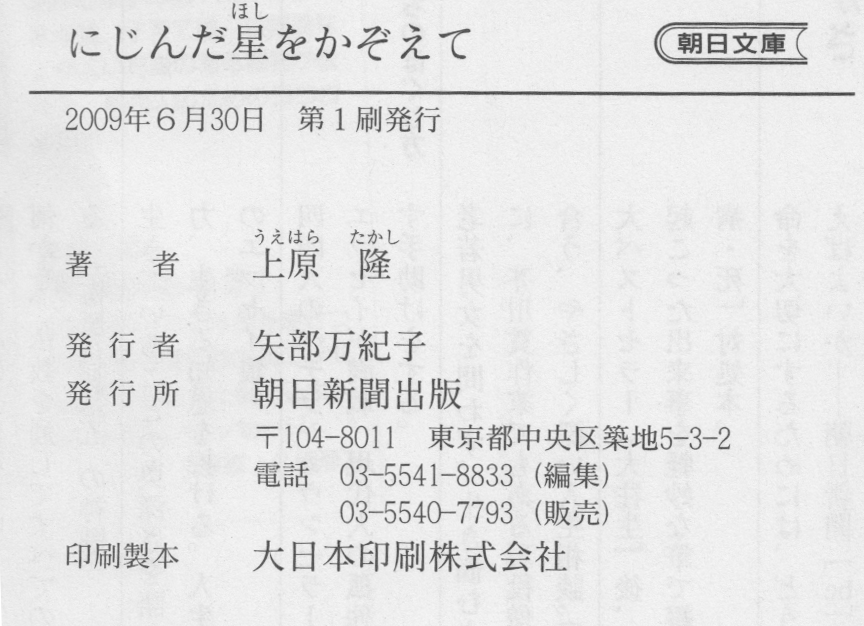I noticed that even though Japanese language has kanji characters for numbers (e.g. 十、百、千、万 etc), there are many places where Arabic numerals are used instead, for example, prices for shop items are written as 100円 instead of 一百円.
I am curious about:
When did Arabic numerals start replacing Japanese numerals for writing numbers for normal daily uses (e.g. price tags, signboards, phone numbers etc)?
Other than writing small numbers like in dates (e.g. 十月九日), are there any places where large numbers are predominantly written using Japanese numerals (e.g. 六万五千七百二十四)?
For places that use Arabic numerals, when there are large yet trivial numbers, for example "three hundred millions", do you still write it as 300000000, or switch back to 三億 (since it saves space)?


